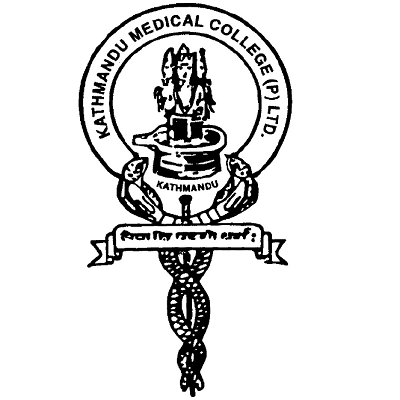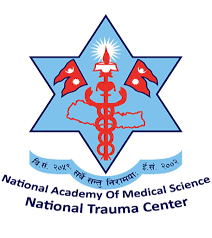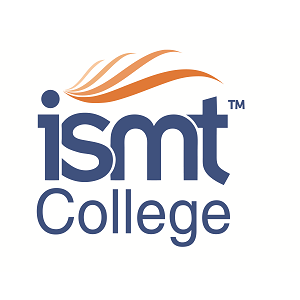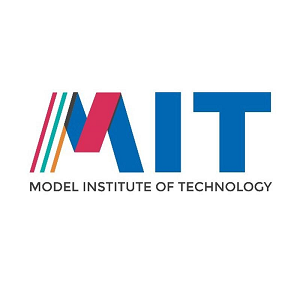Overview
MD in Ophthalmology at NAIHS College of Medicine, Kathmandu
MD in Ophthalmology at the Nepalese Army Institute of Health Sciences – College of Medicine (NAIHS-COM), Sanobharyang, Bhandarkhal, Kathmandu, is a three-year postgraduate medical program under Tribhuvan University, Institute of Medicine (TU-IOM). The course prepares you to function as an independent ophthalmologist who can diagnose, treat, and surgically manage eye diseases in both hospital and community settings.
NAIHS-COM runs its postgraduate MD/MS programs with TU affiliation and recognition from the Medical Education Commission (MEC), Nepal Medical Council (NMC), and Nepal Health Professional Council (NHPC). This recognition means the degree holds national validity for specialist registration and consultant practice.
The institute offers 18 MD/MS programs in different disciplines, each of three years’ duration, including MD in Ophthalmology. According to the official NAIHS document, MD in Ophthalmology at NAIHS has an intake of 2 seats per year, allocated through MEC’s central admission and matching system.
Clinical and surgical training take place mainly at Shree Birendra Hospital (SBH), the 635-bed teaching hospital of NAIHS located in Chauni, Kathmandu. SBH functions as a tertiary referral center of the Nepal Army and also serves civilians, giving residents exposure to a broad spectrum of eye conditions.
For students who wish to build a career in ophthalmology while serving both the army community and the wider population, this program offers structured residency training within a national institutional framework.
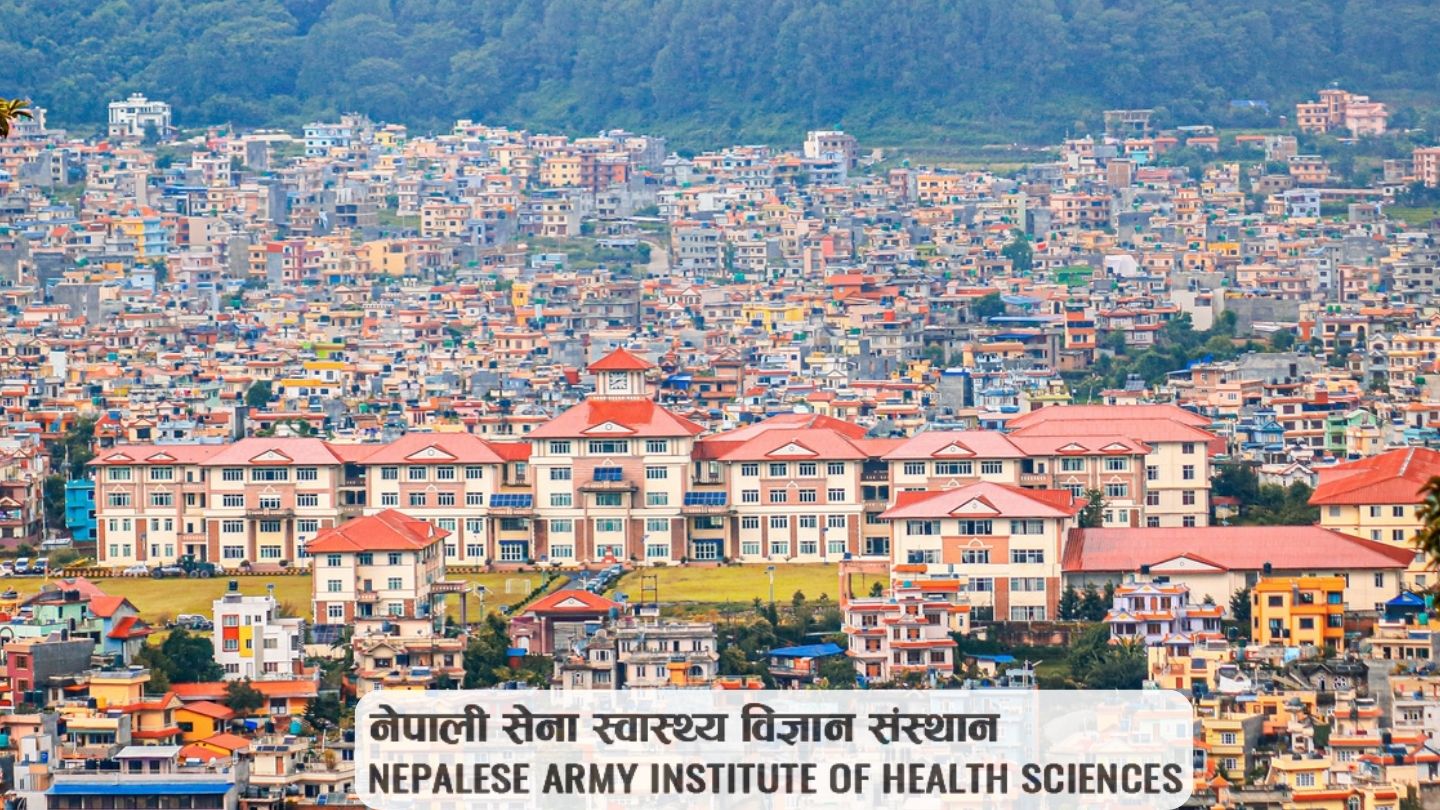
Key Highlights
-
Program: MD in Ophthalmology
-
Level: Postgraduate clinical degree (MD)
-
Duration: 3 years full-time residency
-
Affiliation: Tribhuvan University, Institute of Medicine (TU-IOM)
-
Regulatory recognition: Medical Education Commission (MEC), Nepal Medical Council (NMC), Nepal Health Professional Council (NHPC)
-
Approved postgraduate stream: MD/MS Ophthalmology under TU-IOM
-
Intake at NAIHS: 2 seats (subject to MEC seat allocation each academic year)
-
Teaching hospital: Shree Birendra Hospital, Chauni, Kathmandu (about 635 beds, tertiary referral hospital of the Nepal Army)
-
Training setting: Department of Ophthalmology at SBH and NAIHS, with outpatient clinics, inpatient care, emergency services, and operating theatres for eye surgery
-
Entry pathway: MECEE-PG through MEC for MD/MS programs in Nepal
Curriculum Details
The MD in Ophthalmology curriculum at NAIHS follows the TU-IOM structure for MD/MS programs in clinical specialties. The program runs as a residency, where you work as a junior doctor under supervision while gradually taking on higher responsibility in diagnosis, medical management, and surgery.
Training usually spans:
-
Outpatient eye clinics
-
Inpatient ophthalmology wards
-
Operating theatres (elective and emergency)
-
Emergency services for ocular trauma and acute conditions
-
Community-oriented eye care activities as scheduled by the department
Key academic and clinical components include:
-
Anatomy, physiology, and pathology of the eye and adnexa
-
Optics, refraction, and low vision care
-
Cataract and lens-related disorders
-
Corneal and external eye diseases
-
Glaucoma and related optic nerve diseases
-
Vitreo-retinal disorders
-
Uveitis and ocular inflammation
-
Neuro-ophthalmology
-
Oculoplastics, orbit, and lacrimal system
-
Paediatric ophthalmology and strabismus
-
Public health ophthalmology and blindness prevention programs
Residents also learn interpretation of common ophthalmic investigations, such as:
-
Visual field assessment
-
Ocular imaging and fundus evaluation
-
Biometry and keratometry
-
Basic ultrasonography of the eye (where available)
Academic activities span seminars, journal clubs, case presentations, clinico-pathological meetings, and thesis work as per TU-IOM regulations.
Objectives of the Program
The MD in Ophthalmology program at NAIHS aims to:
-
Prepare specialists who can independently diagnose and manage common and important eye conditions in Nepal’s context.
-
Develop safe and confident cataract surgeons who can perform routine and complicated cataract operations according to established protocols.
-
Build capacity to diagnose and manage emergency eye problems, including ocular trauma.
-
Encourage a habit of critical reading, research, and evidence-based clinical decision-making.
-
Strengthen teaching skills so graduates can guide medical students, interns, and other health workers.
-
Promote ethical practice, patient-centred communication, and respect for diversity among patients and colleagues.
These objectives reflect national needs for eye health, as cataract and other avoidable eye diseases remain leading causes of blindness and visual impairment in Nepal.
Scope and National Relevance
Recent national Rapid Assessment of Avoidable Blindness (RAAB) surveys have shown that cataract accounts for around two-thirds of blindness among adults aged 50 years and above in Nepal, followed by corneal diseases and glaucoma. Many of these conditions are treatable when specialist care is available at the right time.
An MD in Ophthalmology graduate from NAIHS can:
-
Work as a consultant ophthalmologist in teaching hospitals, eye hospitals, district hospitals, and private centers.
-
Contribute to army health services as well as civilian services through Shree Birendra Hospital and other institutions.
-
Support national eye health programs, outreach camps, and blindness prevention projects led by government agencies and organizations such as Nepal Netra Jyoti Sangh and partner institutions.
-
Engage in academic work as faculty in medical colleges under TU, KU, or other universities once eligibility criteria are fulfilled.
-
Pursue further subspecialty fellowship in areas such as cornea, retina, paediatric ophthalmology, glaucoma, or oculoplastics, in Nepal or abroad.
For Nepal, where avoidable blindness is still a major public health concern, the output of well-trained ophthalmologists is directly linked to improved vision outcomes in communities.
Learning Outcomes
By the end of the MD in Ophthalmology program at NAIHS, students are expected to demonstrate:
-
Sound knowledge of basic and clinical sciences related to eye diseases.
-
Skill in history-taking and clinical examination specific to ophthalmology, including refraction, slit-lamp evaluation, and fundus examination.
-
Ability to plan, perform, and manage small incision cataract surgery and other common procedures as per TU-IOM standards.
-
Competence in interpreting diagnostic tests relevant to glaucoma, retinal disease, and neuro-ophthalmic conditions.
-
Clear communication with patients about diagnosis, treatment options, risks, and follow-up.
-
Capacity to conduct and write up a research project or thesis on an ophthalmology topic relevant to Nepal.
Skill Development and Training Modules
Training at NAIHS includes progressive development of clinical and surgical skills.
Key clinical skill areas:
-
Outpatient evaluation of patients with eye complaints
-
Refraction and prescription of glasses
-
Diagnosis and initial management of red eye, painful eye, trauma, and sudden vision loss
-
Screening for cataract, glaucoma, diabetic retinopathy, and other chronic eye diseases
Surgical and procedural skill areas:
-
Pre-operative work-up and counselling for eye surgery
-
Cataract surgery under supervision, moving from assisting to independent surgery as competence grows
-
Minor procedures such as chalazion incision and curettage, pterygium excision, and lid procedures as per departmental protocols
-
Participation in eye camps or outreach services when scheduled, under faculty supervision
Residents also receive exposure to broader hospital systems, such as emergency triage, anaesthesia support, and post-operative care, through Shree Birendra Hospital’s tertiary-level services.
Teaching and Learning Methodology
Teaching and learning in the MD Ophthalmology program at NAIHS typically involve:
-
Structured clinical postings in outpatient clinics, inpatient wards, operating theatres, and emergency services.
-
Bedside teaching, case discussions, and grand rounds with faculty.
-
Formal academic sessions, including seminars, journal clubs, and topic presentations.
-
Regular internal assessments through logbooks, case records, viva voce, and written tests.
-
A mandatory research project or thesis following TU-IOM guidelines for MD/MS programs.
You learn not only from consultants and senior residents but also through teaching medical students and interns, which strengthens your own understanding and communication skills.
Admission Requirements
Admission to MD in Ophthalmology at NAIHS is regulated by the Medical Education Commission through the MECEE-PG integrated entrance examination.
In general, applicants must:
-
Hold an MBBS or equivalent degree from an institution recognized by the Government of Nepal.
-
Be registered with the Nepal Medical Council.
-
Have completed the required internship period.
-
Fulfil any experience requirements set by MEC for MD/MS programs.
-
Achieve the minimum qualifying score (currently 50% of total marks) in MECEE-PG to be included in the merit list.
Seat allocation to NAIHS MD in Ophthalmology is carried out through MEC’s online matching process, which distributes seats under various categories (scholarship and institutional) as defined in yearly notices. Applicants must check the latest MEC and NAIHS announcements for detailed seat category, bond obligations, and fee structure applicable in that academic year.
Career Opportunities
After completing MD in Ophthalmology from NAIHS and registering as a specialist with the Nepal Medical Council, graduates can:
-
Work as consultant ophthalmologists in NAIHS-linked hospitals, government hospitals, or private hospitals.
-
Join dedicated eye hospitals or centers as full-time or visiting consultants.
-
Take part in blindness prevention programs, eye camps, school screening, and outreach services.
-
Enter academic positions in medical colleges, supervising undergraduates and residents.
-
Pursue further training in subspecialties or research, in collaboration with centers such as BP Koirala Lions Center for Ophthalmic Studies or Tilganga Institute of Ophthalmology, subject to their selection processes.
For many students, this pathway opens up a long-term role in improving eye health at local, provincial, and national levels.
Scholarships and Financial Aid
NAIHS functions as a not-for-profit institute under the Nepali Army Welfare Fund, with a fixed quota system intended to keep opportunities accessible. For postgraduate programs, MEC scholarship rules apply at the national level, and a certain share of seats in MD/MS programs are reserved for scholarship categories as defined by MEC policy.
Key points for you as an applicant:
-
Scholarship categories, service obligations, and fee levels for MD in Ophthalmology change according to MEC decisions and agreements between MEC and participating institutions.
-
Some seats may be open to candidates under government scholarship categories, while others fall under institutional or service quotas; exact numbers are published in official notices before each admission cycle.
-
Candidates should review the current MEC PG scholarship notice and NAIHS fee structure before applying, as those are the only authoritative sources for financial details.
Why Choose MD in Ophthalmology at NAIHS?
From a student’s point of view, MD in Ophthalmology at NAIHS offers:
-
Training in a busy tertiary care teaching hospital (Shree Birendra Hospital) with a mixed case-load from army personnel, veterans, dependents, and civilians.
-
A clearly structured three-year MD/MS program under TU-IOM, with recognized national standards for curriculum, examinations, and certification.
-
Small intake (2 seats), which supports close supervision and personalised feedback during clinics and surgeries.
-
Opportunities to participate in research, audits, and quality improvement activities that are relevant to eye health in Nepal.
-
A service environment where you contribute directly to the health needs of the Nepal Army and the wider community, helping reduce avoidable blindness.
If your goal is to work as a clinician who combines surgical skill, community orientation, and academic growth in ophthalmology, this program provides a structured path within Nepal’s public and institutional health system.
Conclusion
MD in Ophthalmology at NAIHS College of Medicine is a three-year residency program that links structured academic teaching with hands-on clinical and surgical exposure in a large teaching hospital. The course follows TU-IOM guidelines and MEC regulations for admission and assessment, and it responds to the continuing need for trained ophthalmologists in Nepal, where avoidable blindness remains a major challenge.
For motivated students ready to commit to three years of intensive clinical work, study, and on-call duties, the program offers a realistic route toward specialist practice in eye care.
Frequently Asked Questions (FAQ)
1. What is the duration of the MD in Ophthalmology program at NAIHS?
The MD in Ophthalmology program at NAIHS runs for three years as a full-time residency under the Tribhuvan University, Institute of Medicine (TU-IOM) MD/MS framework.
2. How many seats are available for MD in Ophthalmology at NAIHS?
According to the official NAIHS document, MD in Ophthalmology has an intake of 2 seats per academic year. The distribution of these seats across scholarship and institutional categories follows MEC’s yearly notices.
3. Which university awards the MD in Ophthalmology degree?
The degree is awarded by Tribhuvan University, Institute of Medicine, as NAIHS-COM is affiliated with TU for MBBS and MD/MS programs.
4. What entrance examination is required for admission?
Admission to MD in Ophthalmology at NAIHS takes place through the MECEE-PG entrance examination conducted by the Medical Education Commission for MD/MS seats in Nepal. Applicants must achieve the minimum qualifying score set by MEC and then participate in the central matching process.
5. Where does clinical and surgical training occur?
Clinical and surgical training mainly occurs at Shree Birendra Hospital in Chauni, Kathmandu, the 635-bed teaching hospital of NAIHS. Residents work in the Department of Ophthalmology, attending outpatient clinics, wards, operating theatres, and emergency services.
6. Is the program open only to Nepal Army doctors?
NAIHS functions under the Nepal Army Welfare Fund, but MD/MS seats, including MD in Ophthalmology, are part of MEC’s national pool. Seat categories and eligibility (army quota, other service quotas, and open competition) depend on the current MEC and NAIHS notices, and civilian doctors can apply if they meet MEC criteria.


